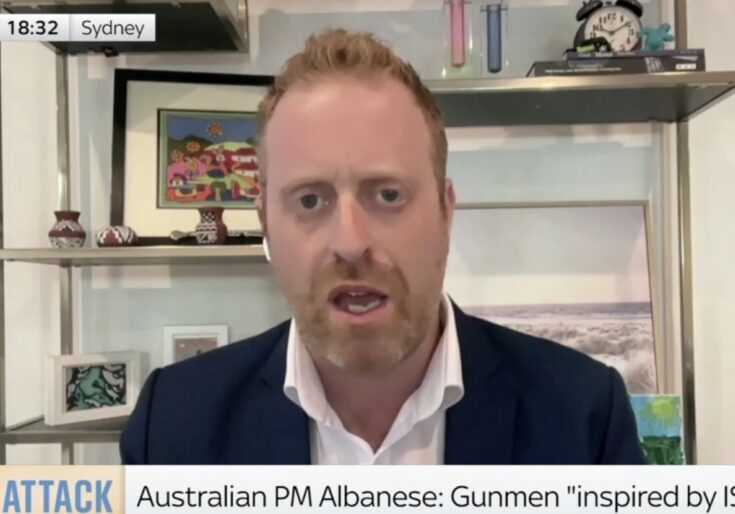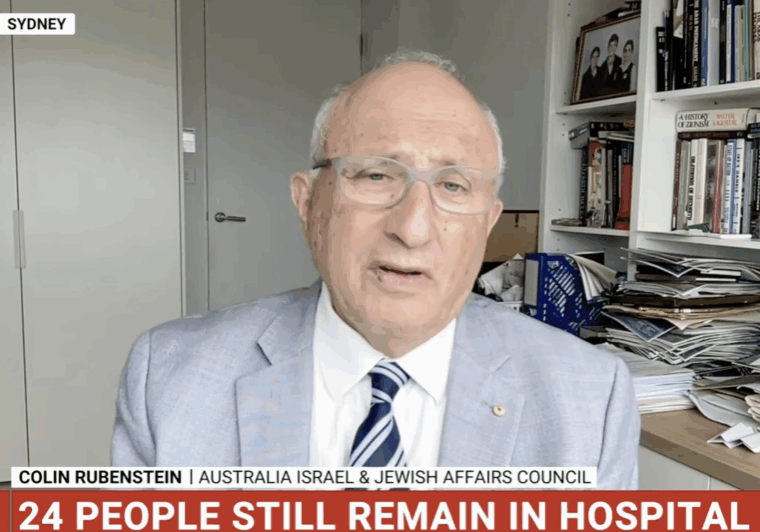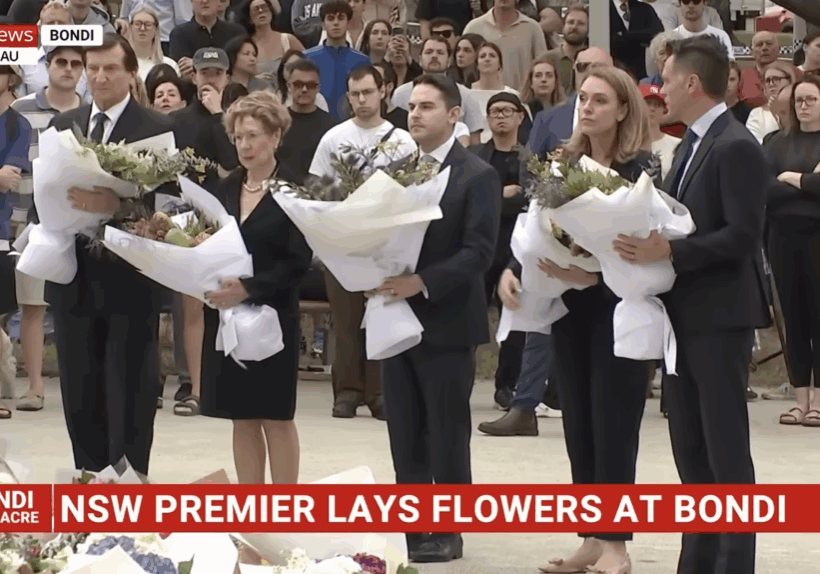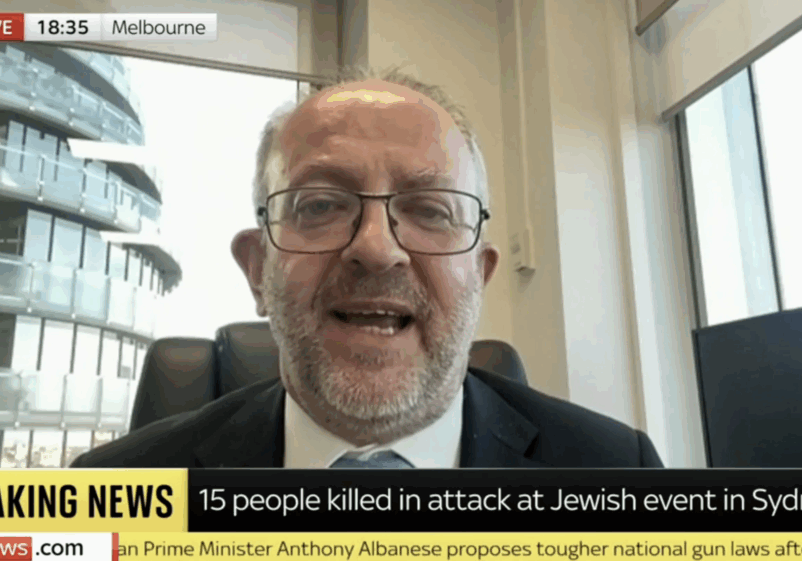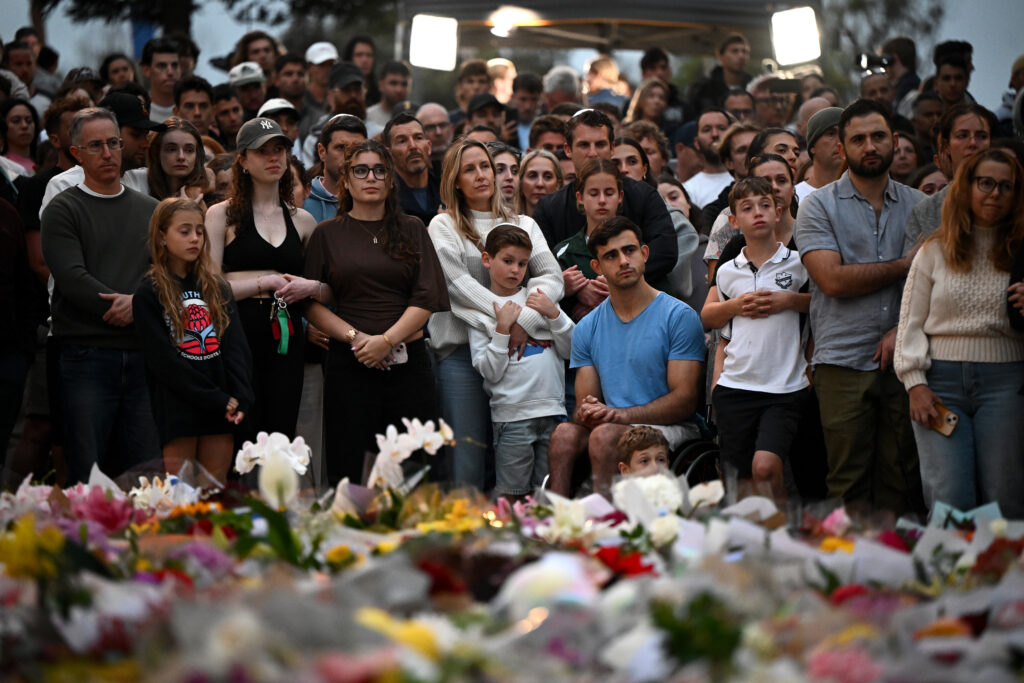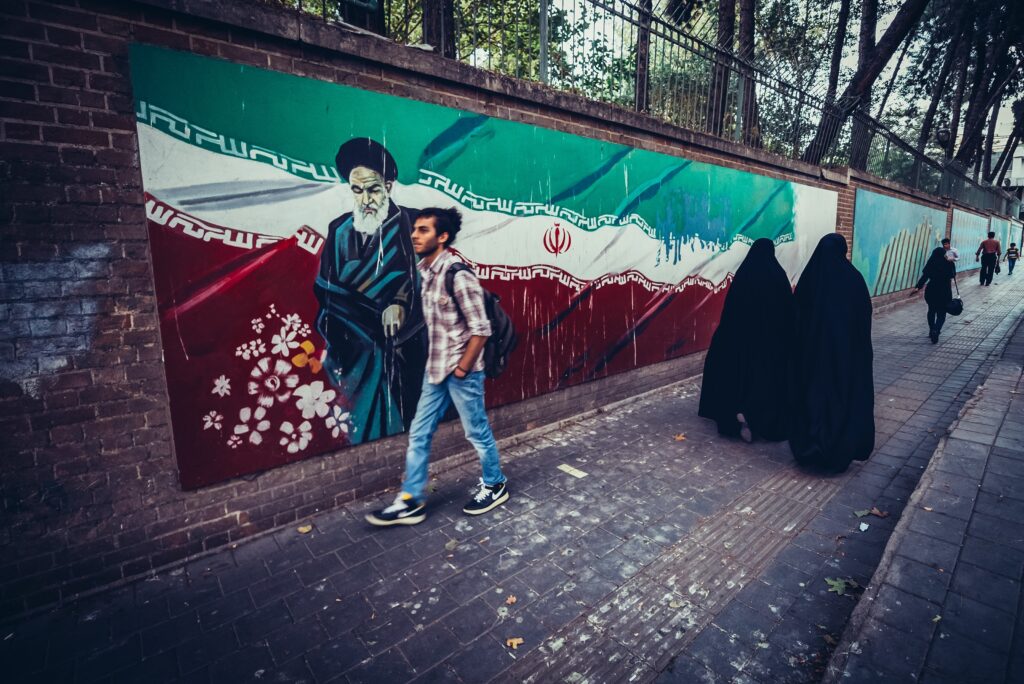FRESH AIR
IAEA crisis regarding Iran escalates
September 27, 2021 | Ran Porat

Analysis of the Sept. 12 report by the International Atomic Energy Agency (IAEA), circulated among member states prior to the annual Board of Governors meeting (Sept. 13-17), suggests that the worst case scenario of Iran’s “breakout time” to build a bomb’s worth of highly enriched uranium could now be only a month.
Worse still, IAEA monitoring of Iran’s nuclear program appears to be all but non-existent, despite a very limited deal reached earlier this month to allow the IAEA to service some of its equipment in Iran. On Sunday, the IAEA announced Iran had violated that deal, refusing to allow the IAEA to service its monitoring equipment at the TESA Karaj centrifuge component manufacturing workshop.
This means the world does not actually know how close Iran is to a nuclear bomb, nor can it be certain it will be alerted if Iran was to move to “breakout” and turn its enriched uranium stocks into the cores of nuclear weapons.
IAEA Monitoring debilitated
Iran has been aggressively limiting IAEA monitoring of its nuclear activities since May, and the problem appears to be getting worse, not better. IAEA Director General Rafael Grossi told member states on Sept. 7 that Iran is blocking “access to [IAEA] monitoring and surveillance equipment”, and “seriously compromising its technical capability to maintain continuity of knowledge.”
- Cameras removed – Atomic Energy Organisation of Iran chief Mohammad Eslami admitted on Sept. 15 that Iran had removed several IAEA cameras from the Karaj centrifuge factory which is the subject of the latest dispute. The site was damaged in June in an attack attributed to Israel. Some of the IAEA equipment may have been affected in the assault. Inspectors visiting Karaj found that one camera was destroyed and another severely damaged, and that these cameras were removed by the Iranians.
Grossi struck a last minute deal with Teheran on Sept. 12, which meant Teheran avoided a harsh resolution being passed against it at the IAEA Board of Governors meeting the following week. Under the agreement, the IAEA was allowed to install new memory cards into its cameras in Iran. Teheran did let the inspectors access the relevant sites in Iran between Sept. 20 and 22. However, it blocked IAEA access to the Karaj factory, invoking all sorts of legal and political arguments to justify breaking its promise to Grossi. - Recordings unavailable to the IAEA – However, despite the replacement of the memory cards, the agreement with the IAEA allowed Teheran to continue holding on to the footage recorded by the Agency’s cameras, keeping the information it collected hidden from the world and from IAEA monitors.
- Inspectors harassed – Reports have also emerged of IAEA inspectors being bullied by the Iranians several times, the Iranians claiming this was due to tightening of security. In one case, a female inspector was subjected to an intrusive search by security personnel at the Natanz site in June, in what has been described as a case of sexual harassment.
- Most importantly, Teheran appears to be taking advantage of the reduced monitoring to further cheat on its commitments. For example, the Agency has learned that centrifuge assembly has occurred at sites not subject to camera surveillance, most notably in certain workshops at Natanz.
IAEA reports show irreversible advancement towards a bomb
Iran has made several advancements over the last few months that are almost impossible to be undone. These steps position Teheran just a whisker away from being a nuclear threshold state – at which point all technical and material barriers to building nuclear weapons have been surmounted and completing such weapons merely requires making the political decision to do so. As the experts of the Institute for Science and International Security explain: “Iran’s activity this year must be viewed as practicing breakout to make enriched uranium for use in nuclear weapons.”
These developments include:
- Advanced centrifuge production and operation – Setting in cascades and enriching uranium in advanced model centrifuges including the IR-1s, 2m, 4, 5, 6, 6s – all forbidden by the JCPOA and all of which enrich uranium many times faster than the IR-1 centrifuges Iran is permitted to use. As of September, the number of centrifuges already installed plus centrifuges that are about to be set up and operated within a few weeks is estimated at between 3053 and 3276.
- Highly enriched uranium (HEU) production – Since August, in both the Natanz and Fordow facilities, Iran is using the advanced centrifuges to enrich uranium swiftly and effectively from 5% to 60% purity, very close to the military grade of 90%. Critical knowledge accumulated in these processes means that production capacity increased and that the Iranians can now theoretically leap directly from 20% enriched uranium to 90% highly enriched uranium (HEU).
- Production of uranium metal – this material has no credible civilian use. The important development in that context is the production since August of 257 grams of uranium metal from 20% enriched uranium. This can be viewed as a trial run of future production of uranium metal using military grade HEU to be employed in building the core of an atomic bomb.
In addition, reports say Iran has committed further breaches of its JCPOA obligations. These include:
- Illicit procurement of materials and equipment needed for Iran’s nuclear program, specifically parts required for ongoing maintenance of the centrifuges in operation.
- Manufacturing of centrifuge parts.
- Expansion of nuclear facilities. For example, building a large underground complex south of the Natanz site, possibly as a replacement for the on-the-ground factory damaged in April, reportedly by Israel.
- AEOI head Mohammad Eslami, announced on Sept. 17 that he is planning to make the Arak heavy water reactor operational “as soon as possible”. As part of the JCPOA commitments, the Arak reactor was allegedly disabled in 2016 and was supposed to be redesigned, to make sure it cannot serve its original aim of producing plutonium, which can easily be made into nuclear bombs. Yet, it is unclear if the reactor was indeed deactivated and how much of the redesigning process has been completed after it was stopped following the US withdrawal from the JCPOA in 2018.
Estimates about the total time Teheran would need to complete a functioning atomic warhead and mount it on a delivery vehicle range from one to two years.
Iran’s recent advances in nuclear research and production together with its high enriched uranium (HEU) stockpiles mean that merely returning Teheran to full compliance with the Joint Comprehensive Plan of Action (JCPOA) would not extend Iran’s breakout time back to a year, as it allegedly was immediately after the deal was signed in 2015. Additional restrictions and measures would be required to return to this benchmark.
Dr. Ran Porat is an AIJAC Research Associate. He is also a Research Associate at the Australian Centre for Jewish Civilisation at Monash University, a Research Fellow at the International Institute for Counter-Terrorism at the Interdisciplinary Centre in Herzliya and a Research Associate at the Future Directions International Research Institute, Western Australia.
RELATED ARTICLES
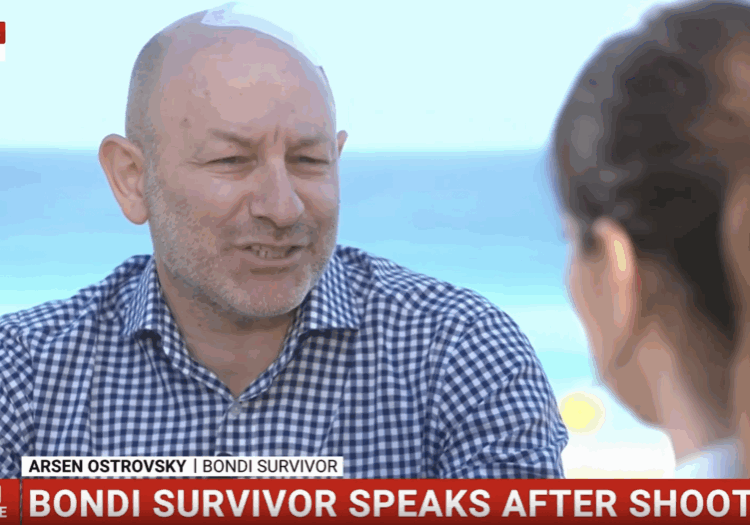
“My first reaction was ‘I need to know where my family is'”: Arsen Ostrovsky on Sky News














